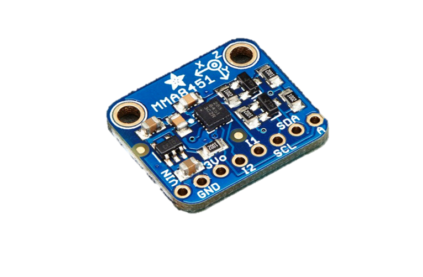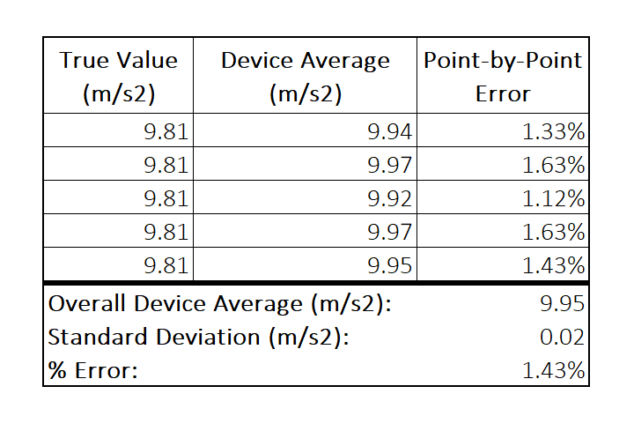Head Motion Accelerometer - H.A.L.O. Mk. 1
During flight, pilot’s will experience significant G-Forces which can lead to the possibility of unconsciousness. Pilot’s who have lost consciousness have the inability to support their head or control their body, thus during this time a pilot’s head will move erratically leading to strain on the neck and spine.
A triple-axis accelerometer is used to track the pilot’s head movements. The sensor is programmed to detect sharp motions via quick changes in acceleration, and these movements can be associated with collision or unconscious head bobbing. The sensor itself is placed atop the pilot’s headset at the center of the band. This position is ideal because the sensor is unlikely to move along the z-axis with normal movement. A large change in acceleration along the z-axis would be indicative of a head drop.


Testing of the sensor was completed by performing drop tests to ensure a constant acceleration due to gravity. Unfortunately, testing methods were limited due to the COVID-19 outbreak leading to fewer resources, so other accelerations were unable to be tested. However, five drop tests were completed and the average acceleration detected was 9.95 m/s2 with a standard deviation of 0.02 m/s2. The calculated error compared to gravity is therefore 1.4%. Although statistical analysis determines that the device mean is statistically significant compared to the true value of gravity, the precision of the device is small and therefore an adjustment to the acquisition program can be made to align the device calculation with the true value.
